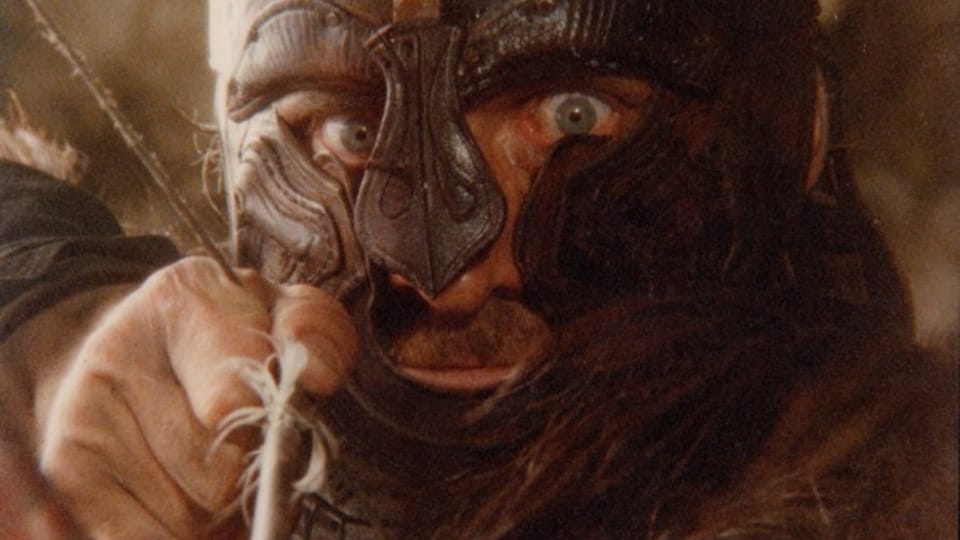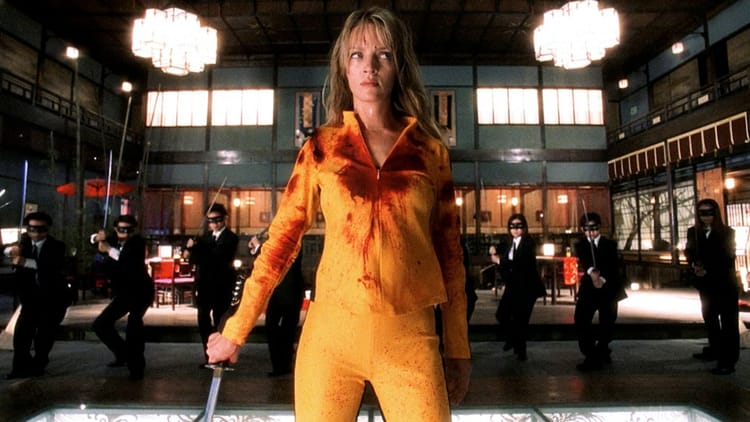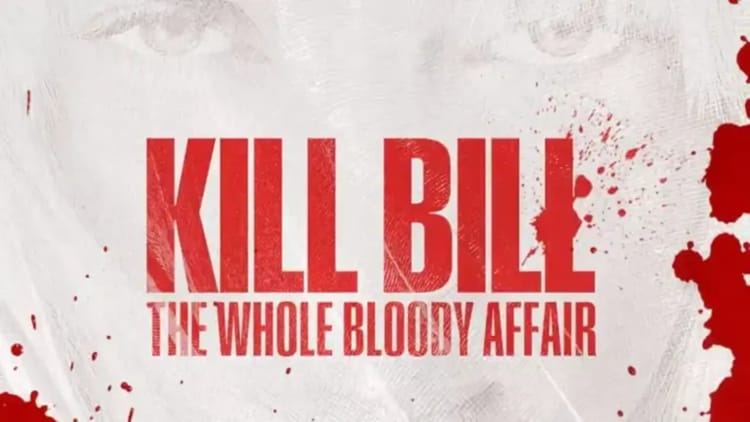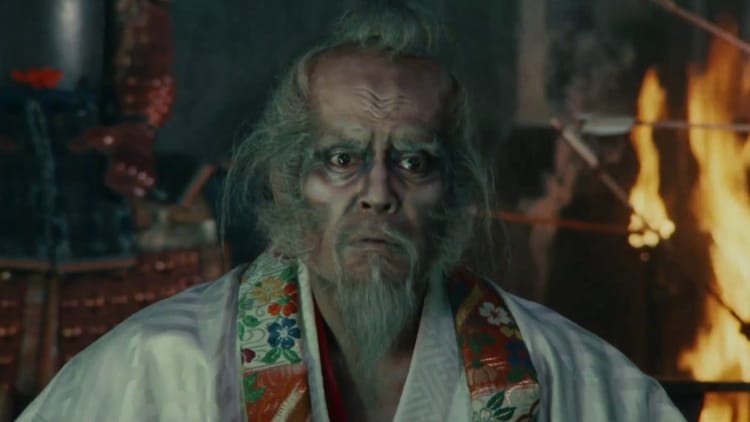When the Raven Flies

When I kicked off VIKINGS vs SAMURAI, I didn’t just wing it. No, I set myself up with a crash course, total immersion in the world of Vikings and samurai. That meant books, articles, documentaries, movies. Now, let’s be real: the movies? A whole different beast. Fun, fast, and far less brain-crunching than, say, dissecting a historical treatise. Plus, they’re a damn good time. But here’s the rub: I blasted through every Viking flick I could get my hands on like a madman with a battle axe. Which led me to the curious treasure trove known as DVDLady, a haven for collectors, cinephiles, and folks hooked on nostalgia.
I was on the hunt for Gabriel Axel’s Hagbard and Signe, but what I found was the kind of weird gold you only stumble across when you’re desperate. Passable quality, cheap prices, and some serious deep cuts. So, naturally, I picked up Hrafn Gunnlaugsson’s: When the Raven Flies, In the Shadow of the Raven, and The White Viking.
Now let me tell you, when I popped When the Raven Flies into my ancient, clunky Xbox 360, I thought I was in for a ride. And I was, but not the one I expected. The film? Decent. The subtitles? Oh man, they were a whole new kind of hell. At first, they lagged just a split second behind the actors, which was annoying but manageable. Then it snowballed. Twenty-two seconds. That’s not a lag; that’s a time warp. At one point, the subtitles were in a completely different scene. Watching this thing felt like getting punched in the head by a berserker, and not in a good way.
So yeah, When the Raven Flies. Not exactly smooth sailing, but hey, it’s all part of the journey. So let’s get into it.
When the Raven Flies is a Viking movie that doesn’t play nice, doesn’t hold your hand. This is Hrafn Gunnlaugsson’s turf, an Icelandic director who tosses Hollywood’s sanitized versions out the window and dives headfirst into the cold, brutal spirit of Norse sagas. Gunnlaugsson channels Yojimbo meets A Fistful of Dollars, dripping it in Viking blood and revenge, while staying fiercely true to his Nordic roots.
The ravens are Odin’s. If he has sent them, he is displeased with me.
Meet Gestur, our quiet, revenge-fueled Irishman, who’s not here for your sympathy. He’s after the Vikings who slaughtered his family and kidnapped his sister. The twist? These raiders are holed up in Iceland, a land as unforgiving as the blade Gestur wields. He works them against each other, puppeteering chaos like the best of Kurosawa and Leone’s antiheroes. Gunnlaugsson, though, anchors it with saga-inspired grit, stitching his story into the rich fabric of Norse legends.
Jakob Þór Einarsson as Gestur? He’s got the silence, the brooding eyes, but he’s not Clint Eastwood or Toshiro Mifune. No problem, Helgi Skúlason, as the scarred and relentless Viking leader, steals the show. Forget your blond, hulking Viking clichés. Skúlason’s Viking is wiry, ruthless, with eyes that pray to merciless gods. It’s raw. It’s authentic. This Viking world? It feels like dirt under your nails, blood on your tunic, and ice in your veins.
Authenticity is Gunnlaugsson’s battle cry. Costumes, props, even real blood from slaughterhouses—yeah, that happened—pump realism into the film. The guy even brought in a Native American knife thrower to school the actors. And those knives were heavy. Talk about commitment. But here’s where it stumbles: the score. The soundtrack? Hans-Erik Philip, doing his thing with this industrial/new wave vibe that screamed 1980s experimental. It felt like the Viking revenge movie had been hijacked by a band that should’ve been playing in a dingy Berlin club. Interesting, sure, but it stuck out like a sore thumb and pulled me out of medieval Iceland faster than you can say, “Valhalla.”
Visually, Gunnlaugsson channels John Ford with sweeping shots of Iceland’s jagged coastlines, a nod to Monument Valley’s iconic Western vistas. The scenery was the real MVP. Verdant as hell. So green it almost hurt to look at the screen. Honestly, the landscape was doing more work than the actors half the time. It’s the kind of place that makes you wonder if the Vikings were raiding other countries just to take a break from all that overwhelming natural beauty. These landscapes aren’t just pretty—they’re characters, silent witnesses to the blood feuds, betrayal, and harsh Viking justice.
Back when Icelandic cinema was just finding its voice, When the Raven Flies stormed onto the scene. Initial local reactions? Mixed. But time is a great equalizer. The film earned its stripes, bagging awards and reshaping the Viking narrative, setting a new bar for authenticity in historical drama. Gunnlaugsson’s no tourist in the genre; he’s a warrior, wielding stories that bite and never let go.





